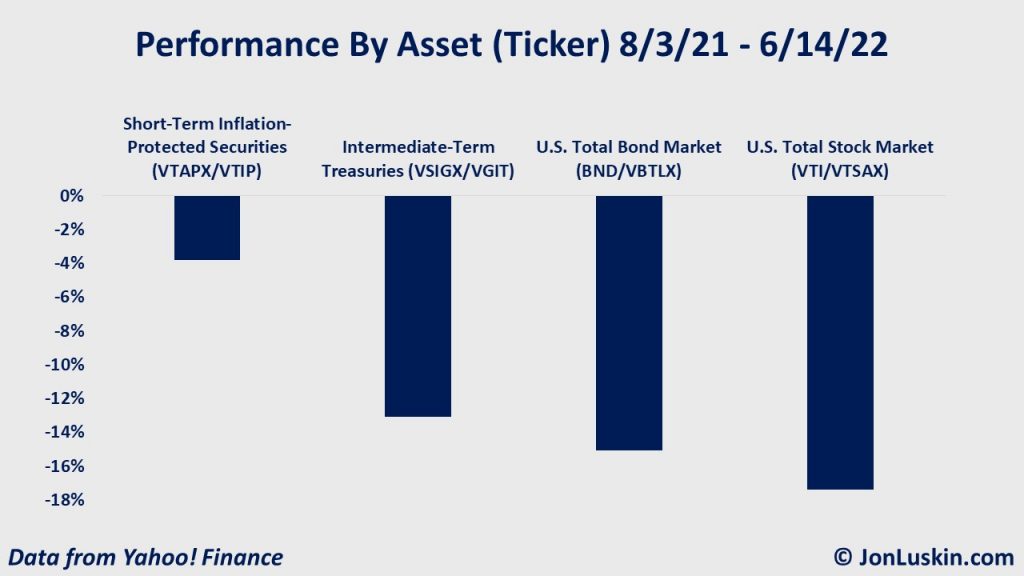
When looking for the best dividend stock, look out for companies that have strong earnings growth and high revenues. You should be wary of any company that has experienced slow revenue growth. The key to a sustainable competitive advantage is proprietary technology, low barriers of entry, low switching costs, strong brand names, and high barriers to entry. Learn more about these companies. Investing in these companies is a good way to earn high income from a dividend, but be sure to read the fine print and research the company thoroughly before making a decision.
Walgreens Boots Alliance
Walgreens Boots Alliance, (WBA), might be a good investment stock if you are looking for a dividend stock. The company has been paying dividends on its stock continuously since 1972 and has grown its dividend each year for 46 years. It has a dividend growth rate exceeding 6% annually on average and is a Dividend Champions and Dividend Aristocrat. WBA has a dividend yield of 1.91 USD. Additional details include historical stock prices, payout ratios, dividend splits and special dividends.
At the time of writing, Walgreens Boots Alliance, Inc. has no analysts. You can read more about the stock if you are interested in the company's prospects. Analyst coverage of a stock is a good indication of how likely the company is to grow its dividend. This company is expected continue to grow as a dividend powerhouse. Investors should be aware of its dividend history.

Microsoft
When it comes to evaluating dividends, one of the most important factors to consider is the company's cash flow. Although dividends are generally paid from profits of the company, you need to be more attentive to the company's free cash flow. Microsoft's free cash flow of 28% last year was a good payout ratio. The company has a long track record of paying dividends and continues increasing its payouts each year.
One of the reasons that Microsoft is a good dividend stock is its high-quality business fundamentals and growth prospects. The company is a global business that develops and licenses software for many devices. The company's business is focused on three main segments: productivity and business processes. This includes Microsoft Office products, LinkedIn Services, and Microsoft Dynamics business solution. Microsoft's growth and dividend payout ratios have been excellent over the past several years. Microsoft's current dividend yield is 0.8%.
Johnson & Johnson
Johnson & Johnson (JNJ), a healthcare company, offers investors a steady income stream. The stock's dividend rate of 2.5% is greater than that of savings accounts, but lower than that of bonds and other safer investments. Johnson & Johnson shares tend to appreciate every year, due to the fact that it is a large and well-established corporation. Johnson & Johnson shares may not achieve the growth rate of smaller or growth stocks, but investors should be aware.
JNJ investors must have purchased their shares before ex-dividend, which is on the 25th day of every month prior to the quarterly payment. This date changes every quarter. Therefore, it is important that you consult the investor relations web site to get more details. JNJ has not yet provided any guidance to its management regarding future dividend payments. It has raised its dividends in a steady manner and has announced a 6.3% increase for April 2020.

Caterpillar
Caterpillar's low volatility makes it a great stock. It has suffered many corrections in one month when the market is afraid and it falls faster. As "The Reformned Broker" Joshua Brown recently stated, volatility is not risk. It is instead opportunistic purchasing. Caterpillar trades at 32% off its fair value. This means you can lock in an 17% to 31% CAGR total returns over the next five year.
Caterpillar's dividend growth streak has been maintained for decades, even though it experienced some slowdowns during downturns. For the past 20 years, Caterpillar has not been negative about its operating earnings cashflow payout ratio. The dividend has increased by an average of 9.1% annually during that period, more than twice as fast as the S&P 500's. As of this writing, Caterpillar management expects to increase dividends by at least 10% a year through 2022.
FAQ
What is a fund mutual?
Mutual funds are pools that hold money and invest in securities. They allow diversification to ensure that all types are represented in the pool. This reduces the risk.
Professional managers are responsible for managing mutual funds. They also make sure that the fund's investments are made correctly. Some mutual funds allow investors to manage their portfolios.
Mutual funds are often preferred over individual stocks as they are easier to comprehend and less risky.
Why is it important to have marketable securities?
A company that invests in investments is primarily designed to make investors money. It does this through investing its assets in various financial instruments such bonds, stocks, and other securities. These securities have attractive characteristics that investors will find appealing. They can be considered safe due to their full faith and credit.
What security is considered "marketable" is the most important characteristic. This refers primarily to whether the security can be traded on a stock exchange. Securities that are not marketable cannot be bought and sold freely but must be acquired through a broker who charges a commission for doing so.
Marketable securities include common stocks, preferred stocks, common stock, convertible debentures and unit trusts.
These securities are preferred by investment companies as they offer higher returns than more risky securities such as equities (shares).
How does inflation affect the stock market?
The stock market is affected by inflation because investors need to pay for goods and services with dollars that are worth less each year. As prices rise, stocks fall. That's why you should always buy shares when they're cheap.
How can people lose money in the stock market?
The stock market does not allow you to make money by selling high or buying low. It is a place where you can make money by selling high and buying low.
The stock exchange is a great place to invest if you are open to taking on risks. They will buy stocks at too low prices and then sell them when they feel they are too high.
They believe they will gain from the market's volatility. But if they don't watch out, they could lose all their money.
Statistics
- Our focus on Main Street investors reflects the fact that American households own $38 trillion worth of equities, more than 59 percent of the U.S. equity market either directly or indirectly through mutual funds, retirement accounts, and other investments. (sec.gov)
- For instance, an individual or entity that owns 100,000 shares of a company with one million outstanding shares would have a 10% ownership stake. (investopedia.com)
- The S&P 500 has grown about 10.5% per year since its establishment in the 1920s. (investopedia.com)
- "If all of your money's in one stock, you could potentially lose 50% of it overnight," Moore says. (nerdwallet.com)
External Links
How To
How to open a trading account
The first step is to open a brokerage account. There are many brokers that provide different services. There are many brokers that charge fees and others that don't. Etrade (TD Ameritrade), Fidelity Schwab, Scottrade and Interactive Brokers are the most popular brokerages.
After you have opened an account, choose the type of account that you wish to open. You should choose one of these options:
-
Individual Retirement Accounts, IRAs
-
Roth Individual Retirement Accounts
-
401(k)s
-
403(b)s
-
SIMPLE IRAs
-
SEP IRAs
-
SIMPLE 401K
Each option offers different benefits. IRA accounts are more complicated than other options, but have more tax benefits. Roth IRAs allow investors to deduct contributions from their taxable income but cannot be used as a source of funds for withdrawals. SIMPLE IRAs have SEP IRAs. However, they can also be funded by employer matching dollars. SIMPLE IRAs are very simple and easy to set up. They allow employees to contribute pre-tax dollars and receive matching contributions from employers.
The final step is to decide how much money you wish to invest. This is known as your initial deposit. Many brokers will offer a variety of deposits depending on what you want to return. For example, you may be offered $5,000-$10,000 depending on your desired rate of return. The lower end of the range represents a prudent approach, while those at the top represent a more risky approach.
After deciding on the type of account you want, you need to decide how much money you want to be invested. There are minimum investment amounts for each broker. These minimums vary between brokers, so check with each one to determine their minimums.
After deciding the type of account and the amount of money you want to invest, you must select a broker. Before choosing a broker, you should consider these factors:
-
Fees – Make sure the fee structure is clear and affordable. Brokers often try to conceal fees by offering rebates and free trades. However, some brokers raise their fees after you place your first order. Don't fall for brokers that try to make you pay more fees.
-
Customer service – You want customer service representatives who know their products well and can quickly answer your questions.
-
Security – Choose a broker offering security features like multisignature technology and 2-factor authentication.
-
Mobile apps: Check to see whether the broker offers mobile applications that allow you access your portfolio via your smartphone.
-
Social media presence - Find out if the broker has an active social media presence. If they don’t have one, it could be time to move.
-
Technology – Does the broker use cutting edge technology? Is the trading platform simple to use? Are there any problems with the trading platform?
Once you have decided on a broker, it is time to open an account. Some brokers offer free trials. Others charge a small amount to get started. After signing up you will need confirmation of your email address. You will then be asked to enter personal information, such as your name and date of birth. Finally, you'll have to verify your identity by providing proof of identification.
Once verified, your new brokerage firm will begin sending you emails. You should carefully read the emails as they contain important information regarding your account. These emails will inform you about the assets that you can sell and which types of transactions you have available. You also learn the fees involved. Also, keep track of any special promotions that your broker sends out. These promotions could include contests, free trades, and referral bonuses.
Next, you will need to open an account online. An online account is typically opened via a third-party site like TradeStation and Interactive Brokers. These websites are excellent resources for beginners. To open an account, you will typically need to give your full name and address. You may also need to include your phone number, email address, and telephone number. After this information has been submitted, you will be given an activation number. Use this code to log onto your account and complete the process.
You can now start investing once you have opened an account!